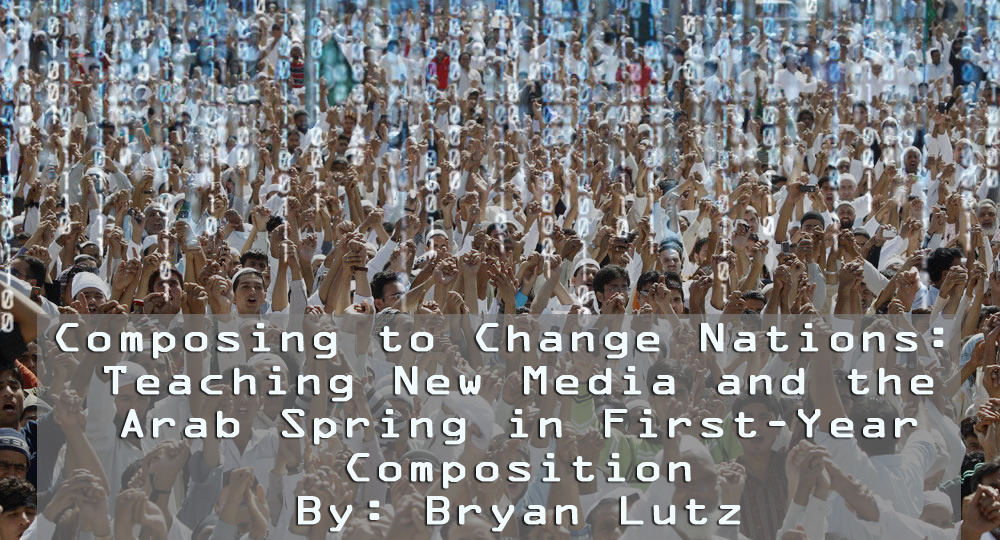Notes, Continued
15.) In my own experience as a community organizer, a moniker is necessary to add a sort of “official air” to our efforts. I learned this lesson from my own experience as a community organizer. When some colleagues and I tried to engage non-profit organizations in Columbus with the expressed purpose of assisting them in their advocacy, we found was that no one would take us seriously if we were an unnamed group students offering our services to other organizations. Thus, we created the moniker of “The Peach District” was born. Under this title we became palpable to a larger public. It seems that as long as our efforts were under an identity, complete with a mission statement, we were able to apply for grants as well as organize large community events.
16.) If we acknowledge within a Global Justice framework that people must be able to represent themselves, presenting their own truth as part of a constant negotiation of amongst truth seekers, then the potential for identity formation inherent in social networking offers potentials for students to rethink how they are using such sites. Facebook and Twitter have limited choice for gender expression and sexual fluidity. For this reason, I prefer blogs as an avenue for identity construction.
17.) I operate under the assumption that pedagogy, and thus composition pedagogy, must be careful not to focus only on the skills students need to get jobs. To do this, in my view, is to reduce pedagogy to the manufacturing unthinking cogs for a corporate machine.
18.) Social networking was not particularly designed with for such advocacy, but certainly the people of Tunisia and Egypt were able to effectively use it as such. We know that Blogs can be viewed by anyone with internet access, and can be easily found by search engines like Google. Blogs have been used in the classroom to construct meaning, they include “hyperlinks, which help students begin to understand the relational and contextual basis of knowledge, knowledge construction and meaning making” (Ferdig and Keye, 2004, pp. 16). As mentioned in the previous section, the affordances of blogs are an important part of conversations with new media. What I find most interesting about the dynamics of these networks is how they decentralize the author as the sole possessor of knowledge. Instead knowledge is not centralized in one location, but spread across a vast network depending upon the value of the memes expressed on these forums. Scholar’s in rhetoric and composition are already sharing knowledge on blogs (Hesford, 2006, pp. 788). The blog Blogora is an example of composition teachers sharing important information of their field. And not only instructors, but students are composing on blogs in classrooms, and becoming resources for other students (Head and Eisenberg, 2010, pp. 7). There is research to support that students often express demonstrate a better critical consciousness on blogs (Bloch, 2007, pp. 134), and, indeed, global conversations about justice are already happening on blogs (Del Gandio, 2008, pp. 188). We have no reason to think that digital literacy is going anywhere, “people are becoming authors every day, constructing digital profiles, public commentary, and using publically available resources to research and inform their opinions” (Clark 27). “Reframing literacy in light of participatory spaces like social networking sites will be key to harnessing the potential of these sites for composition pedagogies appropriate for the 21st century (Vie, 2008, pp. 21).
19.) “Generation M” is described by Stephanie Vie (2008) as “individuals, born between the early 1980s and late 1990s, [who] are fascinated by and often highly comfortable with technology (pp. 12).
20.) Classes are discussion driven, thus they are dynamic. This article offers linear presentation; however, instructors will be challenged to keep all elements of the assignment in mind in a way that allows as much student agency as possible.
